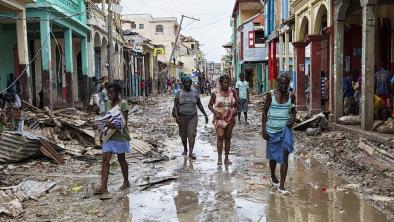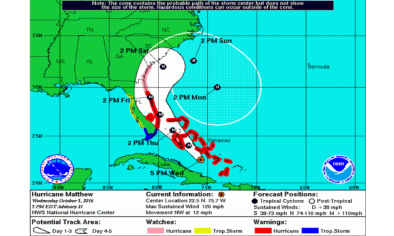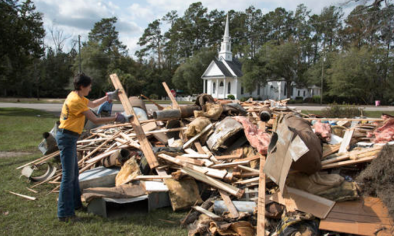Science Source
Hurricane Sandy’s flood frequency increasing from year 1800 to 2100
- States that coastal flood hazard varies in response to changes in storm surge climatology and the sea level
- Combines probabilistic projections of the sea level and storm surge climatology to estimate the temporal evolution of flood hazard
- Finds that New York City’s flood hazard has increased significantly over the past two centuries and is very likely to increase more sharply over the 21st century
- Finds that due to the effect of sea level rise, the return period of Hurricane Sandy’s flood height decreased by a factor of ∼3× from year 1800 to 2000 and is estimated to decrease by a further ∼4.4× from 2000 to 2100 under a moderate-emissions pathway
- Finds that when potential storm climatology change over the 21st century is also accounted for, Sandy’s return period is estimated to decrease by ∼3× to 17× from 2000 to 2100
Related Content
Headline

Nov 10, 2016 | Reuters
Living in the aftermath of Hurricane Matthew
Headline

Nov 8, 2016 | Financial Times
A 19th century plague revived in an age of climate change
Headline

Nov 7, 2016 | Robert Scribbler
Dangerous Hurricane Matthew Strengthens in Record Hot Environment
Headline

Nov 7, 2016 | KRQE via Associated Press
Hurricane Matthew brought town’s demise, needs a ‘miracle’


